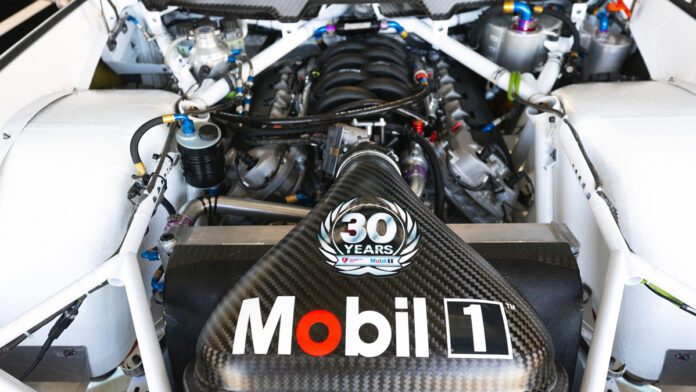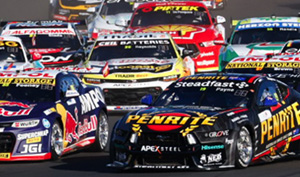THE saviour that could put Supercars’ Gen3 engine parity debate to bed once and for all was actually right under its noses for some time.
It had long been thought Australia was without an AVL transient dyno.
That is, until the industry recently became aware of one housed at Melbourne-based engineering firm DS International.
Supercars personnel had intended to inspect the Scoresby facility this week but is now set to do so after the Tasmania SuperSprint.
Regardless, there is sudden confidence that the equipment will be up to the task.
“The dyno has been in Melbourne for some time, but nobody was aware of it until two months ago,” said Tickford Racing CEO Tim Edwards.
“But it is a very new, state-of-the-art dyno that’s (at) an engineering facility and available for use.”
Engines have been a constant talking point of late.
At a time when there are more controlled components than ever, Supercars has moved away from its universal 5.0-litre formula, with Ford and Chevrolet running vastly different motors.
The Blue Oval is using a 5.4-litre DOHC Coyote with variable camshaft, while the Camaros are powered by a 5.7-litre pushrod with fixed camshaft.
The Coyote is widely accepted to be heavier, necessitating Camaro teams to run engine ballast.
There has been an alleged deficit in how quickly Fords can accelerate to top speed, leading to an array of software tweaks including another updated engine map ahead of Round 4 this weekend.
“There’s some refinement going on this weekend and there’s some testing going on in the practice session, much like the testing that happened in Perth, you’re aware that some of the Fords ran a different shift cut,” added Edwards.
“And I believe they are doing a similar thing on the GMs (on Saturday), so they’ll use Practice 1 to evaluate some differences between them and then they’ll make a decision before we go into qualifying.”
But it’s the transient dyno that could be the ultimate gamechanger.
“The transient dyno is more about the validation tool to ensure we have got parity between the engines,” said Edwards.
“I suppose the best way to describe the dyno that they’re using at the moment, compared to a transient dyno, is when you started primary school you had a calculator with 10 digits on it and a plus and a minus. When you finished uni you had a scientific calculator with a lot more buttons on it.
“Really, a transient dyno is just a far better tool to validate the engines. That will tell us if there is a difference, if there’s not a difference.
“We have got, for the first time in the history of the sport, two engines that are different capacities, different architecture and they are very close, but are they exactly the same? I don’t know.
“We need to do that testing and put it to bed and not talk about it ever again.
“We know there was great transparency at the aero test at Temora and we all walked out of that, hand on heart, yep, we’ve got transparency here.
“I think we just need a bit more information then we can put it to bed.”
Supercars utilised transient dynos in the United States late last year for durability testing.

V8 Sleuth’s coverage of the 2023 NED Whisky Tasmania SuperSprint is proudly presented by ACL RACE Series – Proudly manufactured in Australia for over 70 years. Visit ACL Performance online here to check out more on the ACL RACE Series.




